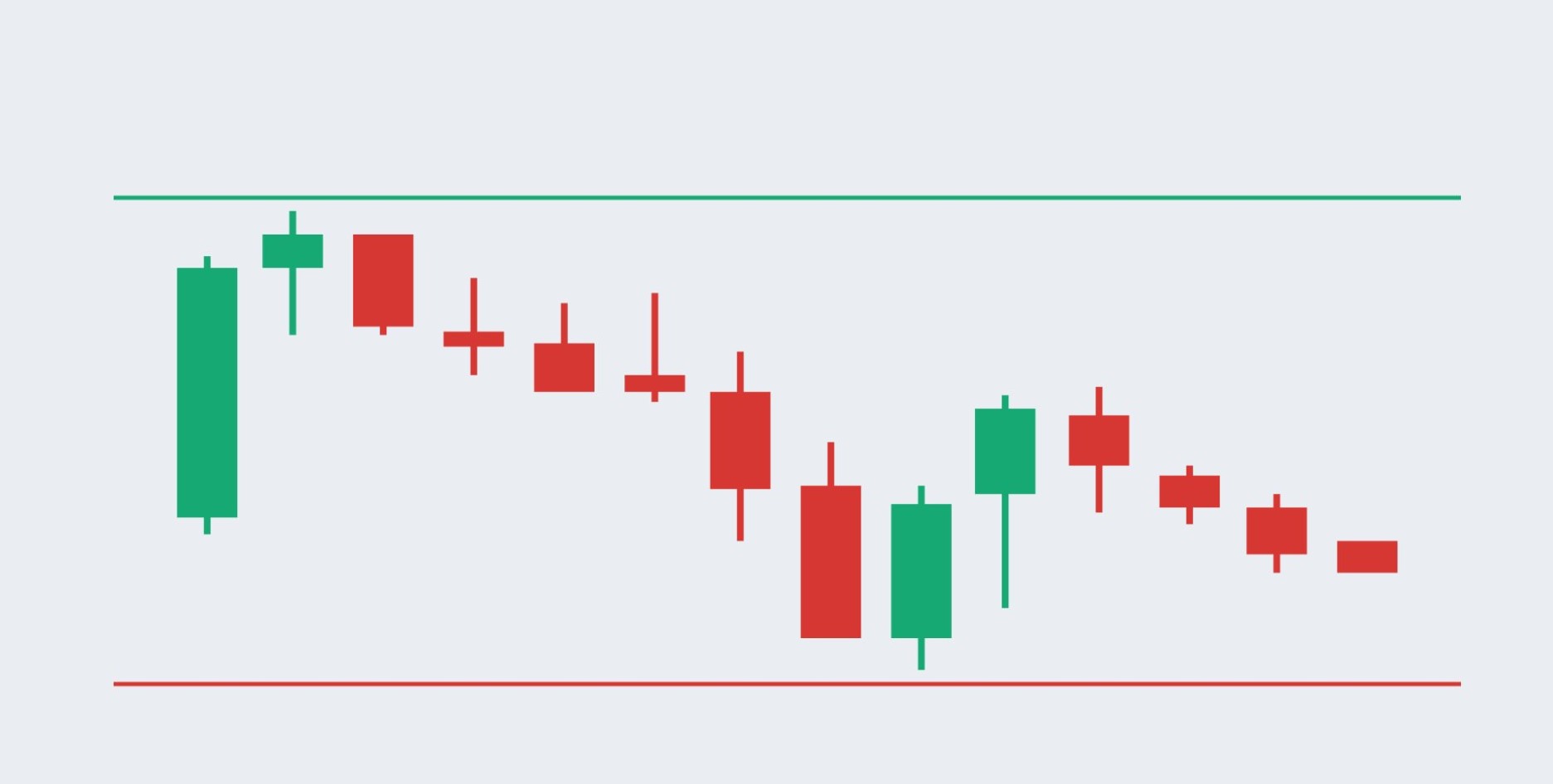Hedging Strategies for Forex Traders

In the unpredictable world of forex trading, hedging strategies are essential tools that can help traders mitigate risk and protect their investments. This article will delve into various hedging techniques, from the basics to advanced strategies, offering insights into how traders can use them effectively to navigate the volatile forex market.
Understanding Hedging
What is Forex Hedging?
Forex hedging is a risk management strategy used by traders to offset potential losses by opening additional positions to protect existing ones. It involves taking opposite positions in correlated currency pairs to reduce overall risk exposure.
Forex Hedging in Action
Imagine you are a trader who has invested heavily in the EUR/USD currency pair. You believe that the Euro will strengthen against the US Dollar, but you’re also aware of the market’s volatility. To protect your investment, you can use forex hedging by opening a simultaneous short position on the USD/JPY pair. This way, if the Euro weakens, your EUR/USD trade may suffer losses, but your USD/JPY trade can offset those losses, helping you maintain a balanced portfolio.
The Need for Hedging
Hedging becomes crucial in forex trading due to the market’s inherent volatility. Fluctuations in currency exchange rates can lead to substantial losses, making it essential for traders to adopt hedging strategies to safeguard their investments.
Market Volatility and Risk
The forex market is known for its rapid price movements, which can be triggered by various factors, including economic data releases, geopolitical events, and market sentiment. Without effective hedging strategies in place, traders are vulnerable to sudden and unexpected market swings that can erode their capital.
Preserving Capital
Hedging is not about eliminating risk entirely but rather about managing it effectively. By employing hedging techniques, traders aim to preserve their capital and reduce the impact of adverse price movements on their overall portfolio. This risk mitigation strategy allows traders to stay in the market even during uncertain times.
Basic Hedging Strategies
1. Stop Loss Orders
Implementing stop loss orders is one of the simplest yet most effective hedging techniques. Traders set a predetermined price level at which a position is automatically closed, limiting potential losses.
· Setting Stop Loss Levels
- To use stop loss orders effectively, traders must determine the appropriate level at which to place them. This decision often involves analyzing technical indicators, support and resistance levels, and overall market conditions.
· Risk-Reward Ratio
- Stop loss orders are closely tied to a trader’s risk tolerance and desired risk-reward ratio. By adjusting the distance between entry and stop loss levels, traders can tailor their risk exposure to their comfort level.
2. Take Profit Orders
Take profit orders allow traders to lock in profits by specifying a target price at which a position will be automatically closed. This helps prevent potential reversals eroding gains.
· Ensuring Profit Preservation
- Setting take profit orders is equally important as stop loss orders. It ensures that traders don’t get too greedy and risk losing their hard-earned profits when the market moves in their favor.
· Scaling Out of Trades
- Experienced traders often use multiple take profit levels to scale out of trades gradually. This approach allows them to secure some profits while leaving a portion of the position open to capture potential larger gains.
3. Pair Hedging
Pair hedging involves opening opposing positions in two correlated currency pairs. For instance, if a trader is long on EUR/USD, they can simultaneously go short on USD/JPY to hedge their risk.
· Understanding Correlation
- Effective pair hedging relies on understanding the correlation between the currency pairs involved. Positive correlation means that the pairs move in the same direction, while negative correlation implies opposite movements.
· Monitoring and Adjusting
- Traders must monitor the correlation between their chosen pairs and be prepared to adjust their positions as correlations change over time. This dynamic approach ensures that hedges remain effective as market conditions evolve.
These are just the basics of forex hedging strategies. Let’s explore intermediate and advanced techniques in the following sections to provide traders with a comprehensive toolkit for risk management in the forex market.
Intermediate Hedging Strategies
Options Contracts
Options contracts in the world of forex trading offer traders a unique way to hedge their positions and manage risk. These contracts provide traders with the right, but not the obligation, to buy or sell a specific currency pair at a predetermined price, known as the strike price, within a specified timeframe.
- Strike Price: The strike price is the price at which the option holder can buy (in the case of a call option) or sell (in the case of a put option) the underlying currency pair. This price is fixed when the option is created and remains constant throughout the option’s life.
- Call Options: A call option gives the holder the right to buy the underlying currency pair at the strike price. Traders use call options to hedge against potential price increases in the currency pair.
- Put Options: A put option, on the other hand, provides the holder with the right to sell the underlying currency pair at the strike price. Put options are used to hedge against potential price declines in the currency pair.
- Expiration Date: Every options contract has an expiration date, which is the date on or before which the option must be exercised. After this date, the option becomes void.
How Forex Options Can Be Used for Hedging:
Here are some ways in which traders use forex options for hedging, along with a brief explanation of each:
|
Use Case |
Explanation |
|
Protecting Downside Risk |
Use put options to safeguard against adverse price movements. |
|
Preserving Upside Potential |
Use call options to participate in potential gains while limiting risk. |
|
Managing Volatility |
Purchase options to mitigate risks associated with market volatility. |
|
Creating Customized Strategies |
Combine options with existing positions to create tailored risk management strategies. |
Steps in Multiple Timeframe Analysis:
- Select Multiple Timeframes: To begin, traders choose at least two or more timeframes to analyze. Common choices include the daily (D1), 4-hour (H4), 1-hour (H1), and 15-minute (M15) charts. Each timeframe provides a different perspective on price movements.
- Identify Trends: Traders start by identifying the prevailing trends in each timeframe. This includes recognizing whether the currency pair is in an uptrend (rising prices), a downtrend (falling prices), or a ranging market (sideways movement).
- Spotting Reversal Signals: Multiple timeframe analysis helps traders spot potential reversal signals. For example, if a currency pair is in a long-term uptrend (D1 chart) but shows signs of a short-term reversal (H1 chart), it may indicate an opportunity to hedge against a potential price decline.
- Confirming Entry and Exit Points: Traders use the insights gained from multiple timeframes to confirm their entry and exit points for hedging. For instance, they may decide to hedge a long position if both short-term and long-term charts signal a potential reversal.
Advantages of Multiple Timeframe Analysis for Hedging:
- Comprehensive View: By examining multiple timeframes, traders gain a more comprehensive view of the market, helping them make well-informed hedging decisions.
- Reduced False Signals: Multiple timeframe analysis can help filter out false signals that may occur on shorter timeframes, reducing the likelihood of premature hedging.
- Confirmation: It provides confirmation of potential reversal points, increasing a trader’s confidence in their hedging strategy.
- Flexible Timing: Traders can adapt their hedging strategies based on the most relevant timeframe signals, allowing for flexibility in risk management.
By incorporating options contracts and multiple timeframe analysis into their forex trading strategies, traders can enhance their ability to hedge positions effectively and navigate the complexities of the forex market with greater confidence.
Advanced Hedging Strategies
Correlation Analysis
In-depth correlation analysis involves studying the relationship between multiple currency pairs. Traders can use this information to create complex hedging strategies by trading correlated pairs simultaneously.
Portfolio Diversification
Diversifying a forex trading portfolio by including non-correlated assets like commodities or stocks can provide a natural hedge against currency risk.
Hedging strategies are indispensable tools for forex traders seeking to protect their investments in the face of market volatility. From basic techniques like stop loss orders to advanced strategies like correlation analysis, there are various approaches available. By understanding and implementing these strategies, traders can navigate the forex market with confidence.
FAQs
1. Is hedging suitable for all forex traders?
Hedging can be beneficial, but it may not be suitable for all traders. It’s essential to understand the techniques thoroughly and consider your risk tolerance before implementing hedging strategies.
2. Are there any drawbacks to hedging?
While hedging can reduce risk, it may also limit potential profits. Traders should weigh the pros and cons of hedging before deciding to use it.
3. Can I use multiple hedging strategies simultaneously?
Yes, traders can combine different hedging strategies to create a customized risk management approach tailored to their specific trading goals.
4. Are there any costs associated with hedging?
Depending on the strategies used, there may be additional costs such as spreads, commissions, or options premiums. Traders should factor in these costs when implementing hedging techniques.
5. Where can I learn more about forex hedging?
To gain a deeper understanding of forex hedging, consider seeking educational resources and consulting with experienced traders. Additionally, practice accounts can be used to hone your skills without risking real capital.
